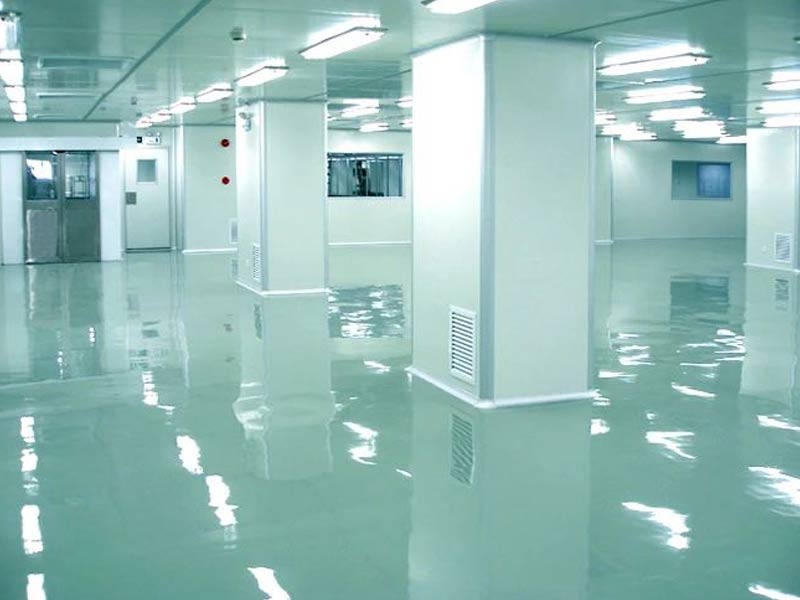
There are a number of energy savings in cleanrooms such as heating, ventilation and air conditioning (HVAC), process cooling, compressed air, and a few others. Below are ten tips for new and existing plants to provide energy efficiency solutions that provide reliable technology with minimal risk, low or no expense, and attractive payback periods.
1. Design Of Low Cross-Sectional Wind Speed
Cross-sectional wind speed is the speed at which the air in the air handling unit passes through the filter or heating/cooling coil. Low Profile Air Velocity (LFV) designs use larger air handlers and smaller fans, resulting in lower air flow rates, lower energy consumption and equipment life costs. Most engineers design the air handler to 500 inches per minute based on “experience”. Although this design saves time, it increases operating costs. In a Low Profile Air Velocity (LFV) design, larger air handlers and smaller fans are used, thereby reducing air flow rates, reducing energy consumption and equipment life costs. The pressure drop determines the energy loss of the fan. The “square rule” shows that the pressure drop is proportional to the square of the speed drop. If the cross-sectional wind speed is reduced by 20%, the pressure drop will drop by 36%; if the cross-sectional wind speed is reduced by 50%, the pressure drop will drop by three-quarters. According to the “cube rule”, the change in fan energy consumption is proportional to the cube of the flow change. If the air flow is reduced by 50%, the fan energy consumption will drop by 88%. As a result, larger size air handlers, larger filters and coil areas consume less fan energy, allowing the use of smaller fans and motors. The small fan adds less heat to the air, which reduces the difficulty of cooling. Coils with smaller thickness are easier to clean and work more efficiently, so the chilled water temperature can be higher. The filter works better and has a longer life in the case of low cross-sectional wind speed. The LFV design reduces air and water pressure drop, reducing the amount of water entrained in the cooling coil. A streamlined design with few sharp corners reduces pressure drop by 10% to 15%. The LFV design can also reduce the voltage drop by a quarter. The goal is to reduce energy losses by at least 25% and reduce the size of variable speed fans. The optimal cross-sectional wind speed range is 250-450 ft/min, depending on usage and energy consumption.
2. The Number Of Air Changes
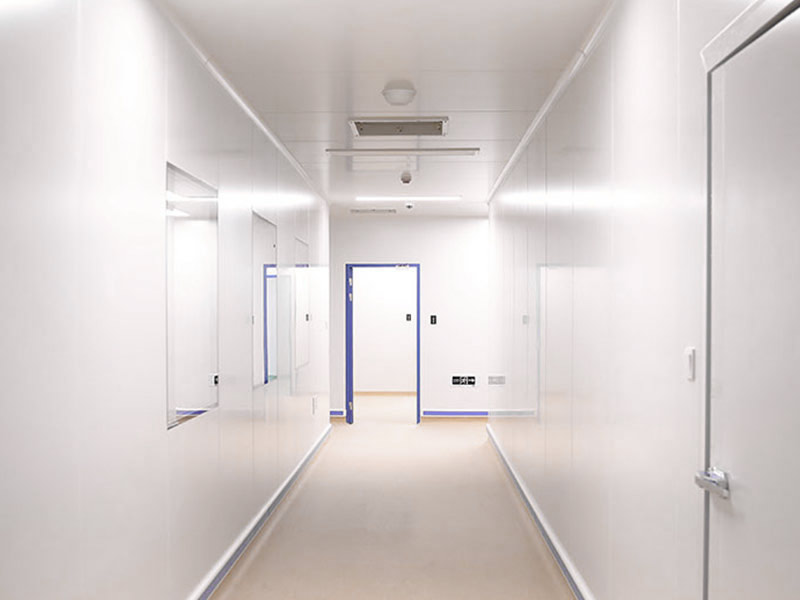
The clean room maintains a certain air flow to maintain cleanliness and particle count. The flow rate is determined by the number of air changes per hour, which also determines the fan size, building configuration and energy consumption. The reduction in air velocity can reduce construction and energy costs while maintaining cleanliness. A 20% reduction in the number of air changes can reduce the size of the fan by 50%. Air cleanliness is more important than energy saving, but the latest research results have been documented to reduce cleaning costs. There is no consensus on the optimal number of air changes. Many of the principles are outdated and based on the old idea of using inefficient air filters. Surveys have shown that the recommended air changes for ISO Class 5 cleanrooms vary from 250 to over 700. A national laboratory in the United States is in the process of defining ISO Class 5 cleanroom standards. Studies have shown that actual air changes range from 90 to 250 — much lower than operating code standards without compromising production and cleanliness. Therefore, it is recommended that the number of air changes in ISO Class 5 cleanrooms be about 200, with a conservative upper limit of 300.
3. Motor Efficiency
The motor consumes most of the electricity in the clean room. Motors that run continuously consume a lot of electricity each month. Properly improving efficiency and properly adjusting the size, after renovation, the economic effect is mostly good. Increase efficiency by a few percentage points, and profits can increase. With a high-quality, efficient motor, it doesn’t have to cost too much. High efficiency means minimal, try to minimize the load before changing the size of the motor. The use of variable speed drive (VSD) can improve operating efficiency when output varies.
4. Variable Speed Drive Refrigerator
Variable speed drive freezers can save a lot of energy and money. Many cleanroom designers and operators believe that variable speed drive chillers are not necessary because the load is usually constant and multi-stage chiller units are often controlled to operate at high loads. But refrigerators with constant load usually operate below full load. Variable speed drive refrigerators typically operate at 90%-95% of full load to save energy. A 1,000-ton freezer operating at 70% of full capacity can save $20,000 to $30,000 a year if a variable speed drive is used. According to the manufacturer, the price of electricity is $0.05/kWh, which pays for itself in about a year. Multi-stage chiller chillers rarely operate at high loads. Typically, site loads do not exactly match the power level changes of the unit. Many operators run additional chillers for reliability. If one chiller fails, other chillers can be replenished immediately and take over its full load. Therefore, chillers often run chillers at 60% to 80% of their cooling capacity. When shopping for a new freezer, it’s a good idea to specify a variable speed drive freezer. Using a variable speed drive chiller reduces energy consumption while allowing other chillers to operate reliably. There are many studies and experiments that prove that variable speed drive refrigerators work very well. For more than two decades, variable-speed drive freezer manufacturers have produced more reliable products for use in new and upgraded clean plants.
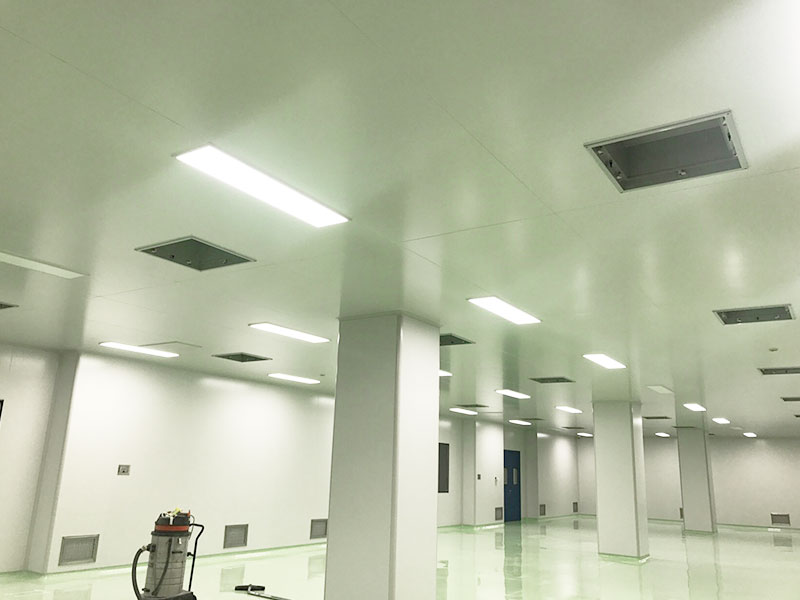
5. Dual Temperature Refrigeration Cycle
Refrigeration systems are usually designed to withstand maximum loads, whether or not they occur frequently. The temperature of the chilled water in the refrigeration cycle in the process is determined by the extreme heat load that is only a small fraction of all loads, just one or two of many. This creates excess refrigeration capacity and inefficiencies under load. When the temperature of the supplied chilled water is low, the working efficiency of the refrigerator will also be low. On average, each degree Fahrenheit increase in chilled water supply temperature increases chiller efficiency by more than one percentage point. If the load is divided to provide two different temperatures of chilled water, then the work efficiency will be higher. Designers can use parallel circulation lines, dividing them into two subsystems, so that the freezer can operate under relatively less severe conditions when maximum cooling is required. Designers can use parallel circulation lines to separate them into two subsystems, so that the freezer can operate under relatively less severe conditions when maximum cooling is required. Moderate temperature cycles (eg, 55°F to 65°F) are performed with a dedicated freezer, which operates optimized for chilled water temperature and can meet most plant needs. Another smaller, high-efficiency freezer offers a lower temperature cycle (eg: 39°F to 43°F) for the demanding portion of the load. This solution can rapidly increase the efficiency of the entire chiller unit by 25 percent or more. For the same capacity freezer, high temperature operation is much less expensive than low temperature operation.
6. Optimization Of Cooling Towers
High-efficiency cooling towers increase chiller efficiency by lowering the condensate supply temperature. All cooling towers should work in parallel to achieve the best evaporative cooling with increased surface area. A typical cooling tower requires 100 watts of energy per ton of chilled water output from the chiller. Efficiency improvements can be as high as tenfold, such as closer inlet, outlet temperature differentials, more efficient airflow designs, high quality and efficient fans with variable speed drive motors, reduced height to limit pump head, and increased fill area (choose larger sizes). tower) etc. The temperature difference varies depending on the humidity temperature of the outside air and the supply temperature of the cooling water, and should be controlled between 3°F and 5°F. All cooling towers should be operated in parallel for optimum evaporative cooling with increased surface area. Many mission plants use multi-stage towers, which use single-speed or two-speed fans and divide the tower into different stages. One tower runs at full speed until the load exceeds its capacity, then the other tower is turned on and it operates at a lower or higher power state. This solution can result in large, incremental changes in cooling tower load, frequently falling below or exceeding the required rating, resulting in jagged energy consumption and reduced chiller efficiency. Therefore, all cooling towers should work in parallel to achieve the best evaporative cooling with increased surface area. If more towers are operating at low speed, use a variable speed drive to adjust the speed of the fans as the load changes, according to the “cube law”, the fans can save energy at lower speeds. Factories typically use a dedicated cooling tower to supply condensate to each chiller. This concept does not allow chillers to operate in parallel with cooling towers. Parallel operation of cooling towers is permitted only with the addition of common headers to the condensate system, regardless of cooling requirements.
7. Free Cooling
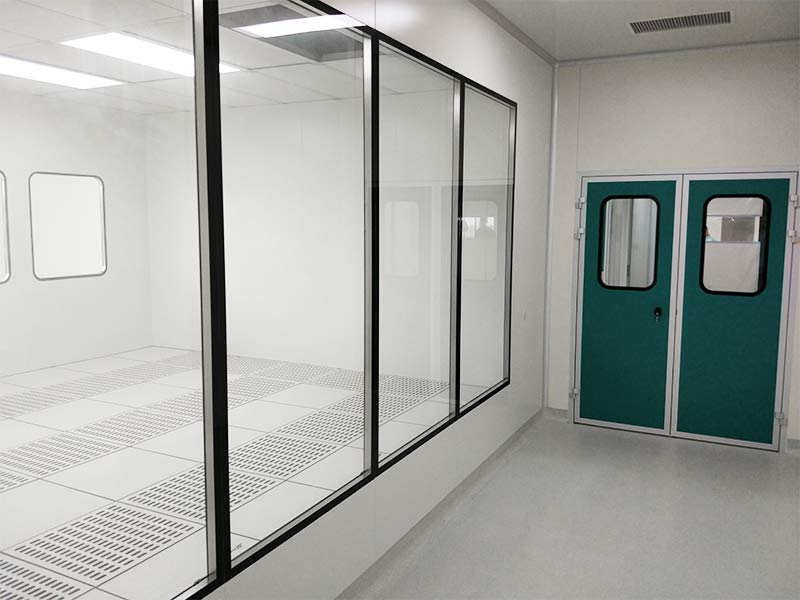
Using outside air for cooling is economical and widely used in commercial buildings. Another “free cooling” option is suitable for systems that require constant chilled water and fan coil units, such as clean rooms. Free cooling technology directly utilizes cooling towers in low temperature or low humidity environments to produce chilled water, reducing or replacing the use of chillers. Depending on the weather, the use of a free cooling system can reduce the energy consumption of the cooling system by one tenth (from 0.5 kW/ton to 0.05 kW/ton). Direct heat exchange with the process load allows free cooling technology to take advantage of the warmer outside atmosphere for several hours longer than in a secondary or tertiary heat exchange system. The temperature difference between the cooling water and the condensate water separated by the plate heat exchanger is very close (say only 2°F). When the temperature and humidity are fairly low, the cooling tower can operate independently without fans. According to the psychrometric chart, free cooling is possible in many places for many hours of the year.
8. Heat Recovery
Many mission plants consume a lot of energy to heat and even more to remove “waste” heat from the process without combining the two processes. The recovered heat can be used to preheat fresh air, reheat supply air, and other uses. AHU preheat coils can preheat outside air (and precool in hot weather) with waste water. Reheat coils can recover waste heat from an air compressor or chiller condenser return water while saving chiller energy and boiler fuel. Heat exchangers can exchange heat between different media that cannot be mixed or in direct contact.
9. Variable Frequency Pump
In the past, equipment equipped with variable frequency drive often failed, and the control was complicated, so many engineers and managers were reluctant to use variable frequency drive. Reliability is more important than energy saving, and old variable frequency drives are less reliable. In the last decade, variable frequency drives have improved reliability and reduced prices. Many critical systems now use variable frequency drives. We believe it is safe and cost-effective to use variable frequency drives on many systems and various types of pumps in cleanrooms. In fact, it could prove irresponsible not to use variable frequency drives in consideration of the ROI, since the payback period is less than one year. The pump system flow of chilled water and condensed water varies greatly, and the chilled water and condensed water systems have minimum flow requirements, which are basically between 50% and 75%. According to the “cube rule”, a small reduction in flow yields considerable energy savings. A 20% reduction in flow produces an almost 50% drop in pump power. Most known chilled water systems use a fixed-flow primary pump/variable-flow secondary pump design, with the secondary pump driven by a variable frequency drive. When using variable frequency drive, all chilled water must use two-way valve, otherwise it will lose the meaning of using variable frequency pump. When a new factory is built, the variable flow primary pump system is used, which eliminates the need for secondary pumps and saves engineering costs. With proper operation, this simple and reliable system can provide significant energy savings through changes in chilled water flow in the chiller. This technology is widely promoted by freezer suppliers and various professional societies, such as ASHRAE.
10. Centrifugal Compressor
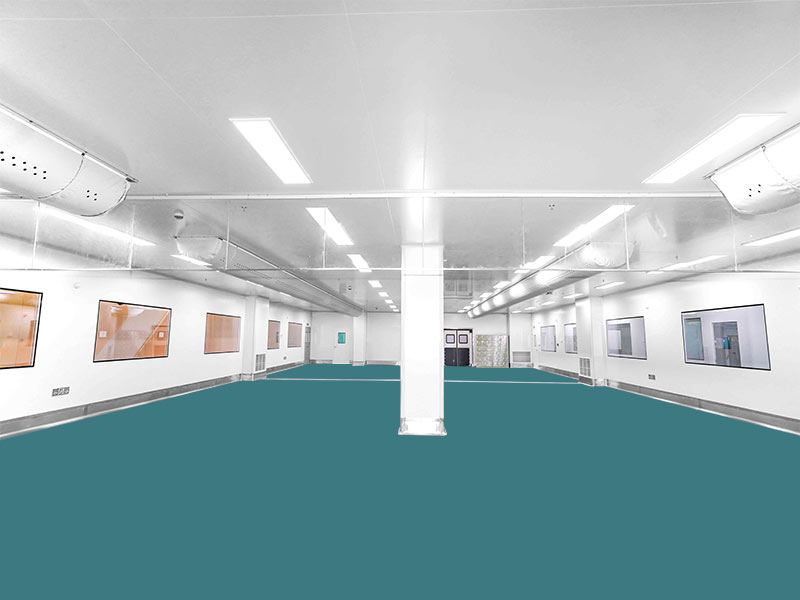
Improvements in air compressors save a lot of energy. Centrifugal compressors are oil-free and much more efficient than screw compressors. But centrifugal compressors cannot idle, ie low load conditions are extremely detrimental to centrifuge operation (>30%), which makes them inefficient at low loads. The most efficient and economical solution is a combination of centrifugal and screw compressors. Select a centrifugal unit to meet the base load, and then use a smaller screw unit to meet the peak load. The compressor unit should be equipped with a heat recovery system. Another solution is to use a high-efficiency centrifugal compressor as a large compressed air device for the entire site, plus a large air storage tank and connecting pipes as a buffer. This can ensure that the entire plant maintains a constant load, reduce the loss of equipment during loading and unloading, and reduce energy waste.










